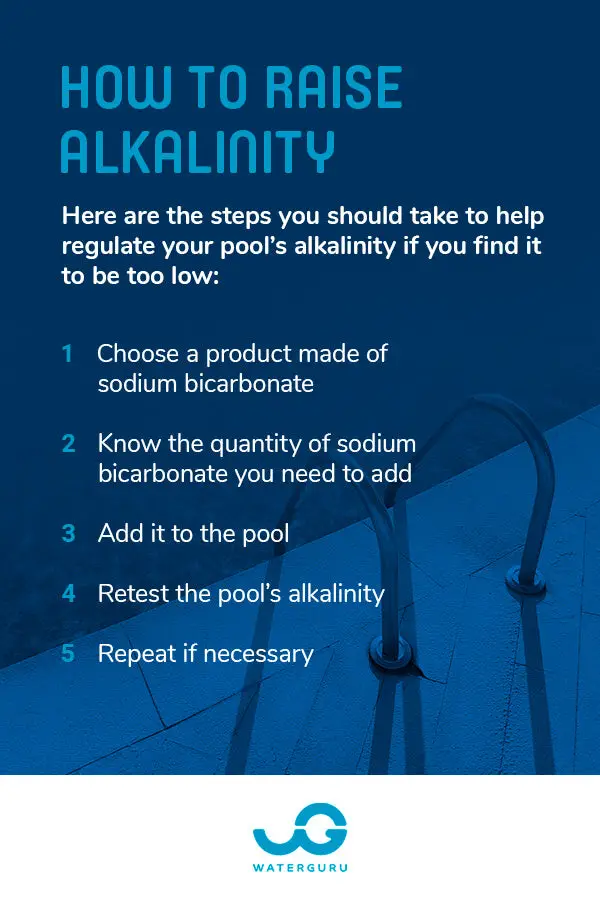Ensuring proper pH and alkalinity levels in your pool is essential for maintaining clear, clean, and balanced water. When pH and alkalinity levels are too low, it can lead to corrosion, staining, and ineffective chlorine levels. In this guide, we will discuss the importance of pH and alkalinity, signs of low levels, and effective methods to bring them up in your pool.
The Importance of pH and Alkalinity in Pool Water
pH and alkalinity are crucial factors that impact water balance in your pool. pH measures the acidity or basicity of the water, while alkalinity helps to stabilize the pH levels. Maintaining the correct pH and alkalinity levels ensures that the pool water is comfortable for swimmers, prevents equipment damage, and allows sanitizers like chlorine to work effectively.
Signs of Low pH and Alkalinity Levels
Low pH and alkalinity levels can lead to various issues in your pool, including:
- Corrosion of pool equipment and surfaces
- Cloudy or murky water
- Decreased effectiveness of chlorine
- Skin and eye irritation for swimmers
- Staining of pool surfaces

Credit: theelitepool.com
Methods to Bring Up pH and Alkalinity
When you notice that the pH and alkalinity levels in your pool are too low, it’s important to take action to bring them back into the optimal range. Here are some effective methods to raise pH and alkalinity in your pool:
1. Use Baking Soda
Baking soda, also known as sodium bicarbonate, is a common household product that can help increase alkalinity in your pool. To use baking soda, first, test the alkalinity levels in your pool water. Then, follow the manufacturer’s instructions to add the appropriate amount of baking soda to raise the alkalinity levels.
2. Add Soda Ash
Soda ash, or sodium carbonate, is another product that can be used to raise both pH and alkalinity levels in your pool. It is important to follow the recommended dosages and application methods to avoid overcorrection of the levels.
3. Aerate The Pool Water
Aerating the pool water can help to raise pH levels by increasing the oxygen content in the water. This can be done by using a fountain, waterfall, or air pump to circulate and oxygenate the water. Increased aeration can help to naturally raise pH levels over time.
4. Use Alkalinity Increaser
An alkalinity increaser product can be used to specifically target low alkalinity levels in your pool. These products are designed to quickly raise alkalinity without significantly impacting pH levels. Follow the instructions on the product packaging for proper dosage and application.
5. Monitor And Test Regularly
Regularly monitoring and testing the pH and alkalinity levels in your pool is essential for maintaining balanced water. Use a reliable test kit to check the levels frequently and make adjustments as needed to ensure that the water remains safe and comfortable for swimmers.

Credit: waterguru.com
Conclusion
Properly maintaining pH and alkalinity levels in your pool is crucial for the overall health and safety of the water. By understanding the importance of pH and alkalinity, recognizing the signs of low levels, and implementing effective methods to bring them up, you can enjoy a clean, clear, and well-balanced pool all season long. Remember to test regularly, follow product instructions, and consult with a pool professional if needed to ensure that your pool water is always in optimal condition.





